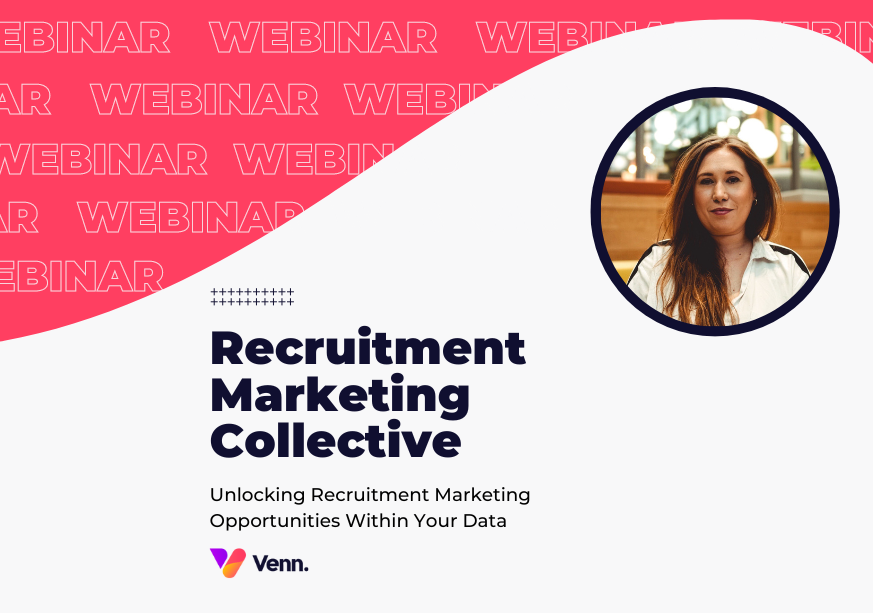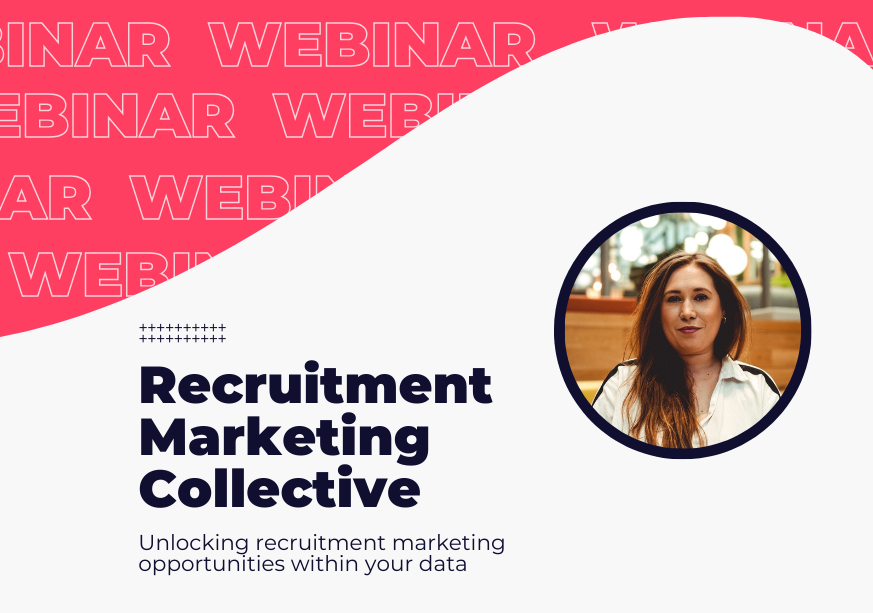Explore our NEW Knowledge Base and Help Desk to find everything you need to attract, engage and convert talent with your Vennture website.
Discover MoreDeveloping an Integrated Marketing Strategy
15 Oct, 20142 minutes
In order to work effectively, marketing cannot work in silos. A comprehensive integrated strategy will not only deliver higher returns, but it will also unify brand identity and mean that marketing budgets are used more efficiently - as content can be repurposed across various channels and campaigns.
This post outlines some techniques that can be used when working to integrate your overall marketing mix and also demonstrate how PPC, in particular, can be tied into other channels to maximise marketing returns.
Planning Techniques
Identifying Seasonality & Trends
The first point of call when developing a marketing strategy is to understand your products and audience. Once you determine these elements you can begin to identify points in the year that your product and audience overlap, times that your marketing activities should hinge around.
For example, if you offer accountancy services you know that April will be a busy time due to end of year tax returns. Equally if you run a gym or offer recruitment services you know that January will be a busy time as people begin their resolutions. These are clearly opportunities where you should be marketing heavily. Google Trends is a useful tool that can be used to help highlight peak moments throughout the year.
Establishing the peaks for your industry is a helpful starting point, but planning for these times is what makes the difference. It may seem daunting making plans for next Christmas before we have even got this one out of the way – but the best marketing strategies are planned out well in advance and flexibile to creative bursts when major industry changes occur. An example of a seasonality calendar can be found below.
Developing Editorial Calendars
Once you have established your business’ seasonality, you can start to plot in marketing plans around key times. When developing your marketing plan for the full year it is best to break down your activity into quarters. You can then use seasonal peaks to plot in campaign pushes and layer your marketing channels on top of this to identify what is needed for each campaign.
Remember to share your editorial calendar with any external suppliers so they can enhance their activities focused on the same themes. By sharing marketing plans in this way you are much more likely to get the most from your marketing budgets and your partnerships. Your suppliers may also be mapping out their plans, by aligning these efforts you can share the workload and potentially even collaborate on a campaign.
By developing an editorial calendar you can begin to map out where your budgets will be spent. By incorporating your seasonality and channels into this, you can forecast spend and returns more accurately and also identify further opportunities.
Repurposing Content
A savvy way to maximise your budget is to repurpose content at every opportunity. The example below shows how a customer survey based on your current client base produces information you can repurpose and use to benefit various different channels.
By using content in this way you are able to maximise the potential from your initial investment of efforts or budgets, but it also has the added benefit of tying together your marketing channels so that your brand is promoting the same themes, products or messages on each platform.
PPC Integration
The insights provided by PPC campaigns make them an excellent marketing tool that can be easily integrated with other channels. While some of these connections seem like common sense, other opportunities will often leap out at you whilst analysing and fine-tuning your existing strategy.
Website Design & Optimisation
Particularly during the initial stages of a campaign, PPC can be used to essentially buy data about the way people are using your website. If you are developing a new product or are looking to redesign or optimise site elements, a dedicated testing campaign will give you quick insight into how users are behaving. You can then use this information to make logical, strategic decisions about website changes.
SEO
There are several ways that SEO and PPC fit together. Firstly, SEO is often a long term investment, so why not develop a proof of concept campaign using PPC as a benchmark? SEO content can also be repurposed for targeted PPC landing pages to maximise time/cost investment put into copywriting - just be sure to no index and no follow any duplicated content. Another way to work PPC alongside SEO is to use paid search listings to amplify your exposure on search engine results pages and capitalise on periods of seasonality.
Social
PPC offers more value to social marketing than paid ad platforms alone. By using the data from your paid search results, it is possible to discover the terms that people search for in relation to your brand. Semantic search types that are not ideal for a direct response can also feed directly into social media posts. You can also use time, day and location segmentation within your paid campaign to explore the best times to promote your social posts.
Display & Remarketing
It is common to think of Google Search adverts when PPC is mentioned, but Display and Remarketing present different opportunities. Display advertising integrates seamlessly with product launches and can enhance campaigns massively by reaching visitors through other websites’ advertising spaces. Remarketing is another efficient way of reaching your current customer base. By targeting people who have visited your site with dedicated adverts, you can promote incentives, such as a ‘refer a friend’ scheme, or upsell current services via promotions and discounts to people you know are interested.

Events
If you are investing in sponsoring or attending events then it is undoubtedly beneficial to use PPC adverts to promote your presence at the event. This can be used within search listings targeting people looking for event information, but display advertising and remarketing adverts can also be used to associate your brand with any organised events.
Offline Advertising
If you invest in offline advertising such as newspapers or television it is also worthwhile to think about enhancing that coverage with the display network. A well-produced print advertisement could just as easily become a display advertisement or vice versa. With the targeting available across the display network you can quite easily define relevant audiences and times in the same manner as you’d choose publications and scheduling for offline advertising. Using the same creative campaigns for offline and online advertising will align your brand messaging and ensure it has the maximum impact.
Content Marketing
When you have invested in creating a truly great piece of content and its marketing, it is important to maximise coverage. Content can be promoted using the display network or even dissected to form dedicated PPC landing pages. When used together, the quality content and effective landing pages will result in an improved conversion rate for a PPC campaign, while PPC delivers the content to a large, specific audience.
The data captured from your PPC campaigns should be used to create targeted email marketing campaigns. This can be done by segmenting lists by successful PPC campaigns and sending the people on these lists associated content and offers. A well-planned paid strategy can be used alongside email marketing in order to get the most from both channels.
The effectiveness of integrated marketing cannot be understated. Far from costing additional budgets and demanding more resources, the natural overlaps and connections can be used to improve on existing processes without increased effort.
PPC is one flexible example, but there are links to be found between all common marketing channels and advanced planning to be done that can ensure your marketing efforts work together to fuel your overall campaign performance.



